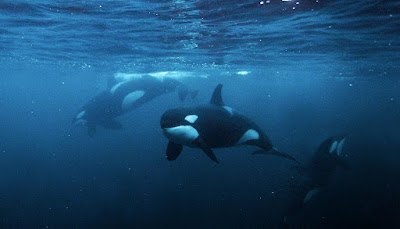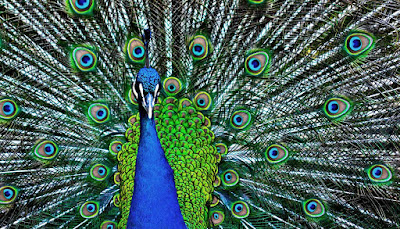MAPPING GLOBAL PHYTOPLANKTON YIELDS A SURPRISE
Scientists have charted the circulation of phytoplankton in the world's seas for the very first time and examined the ecological factors that discuss it.
They conclude that plankton variety is just partly congruent with previous concepts of biodiversity for the seas in between the equator and the posts.
Game Tembak Ikan Dengan Deposit
With some 10,000 to 20,000 various species in the world's seas, the variety of phytoplankton ("phyto" from the Greek for grow) species is incredibly abundant. These phytoplankton form a crucial element of sea ecosystems and life on this planet, creating more oxygen compared to all the world's jungles combined. They also function as the essential basis of the aquatic food chain.
Although scientists have determined many species of phytoplankton, the question of when and where they occur is mostly unexplored; in light of the present biodiversity dilemma, this stands for a major knowledge space.
Currently, in Scientific research Advancements, a group of scientists models the spatial and temporal circulation of over 530 various species of phytoplankton. As the basis for their circulation graphes, they used about 700,000 sprinkle examples from throughout the world's seas.SURPRISING LOCATIONS
The work reveals that exotic waters hold the wealthiest variety of species at perpetuities of the year. Phytoplankton variety is especially high in the seas of the Indonesian-Australian archipelago, partially of the Indian Sea, and in the equatorial Pacific Sea. In the subtropics, biodiversity drops off considerably past 30 levels latitude North and Southern, getting to its most affordable worths about a latitude of 55 levels. Variety after that picks up again slightly towards the posts.
"We were surprised to find that on a regular monthly basis, the polar seas present greater variety compared to the mid-latitudes," says Damiano Righetti, the lead writer of the study. He is a PhD trainee with ETH Zurich teacher Nicolas Gruber and elderly researcher Meike Vogt. "It is amazing because global species circulation and variety are normally closely connected to ecological temperature level trends."



